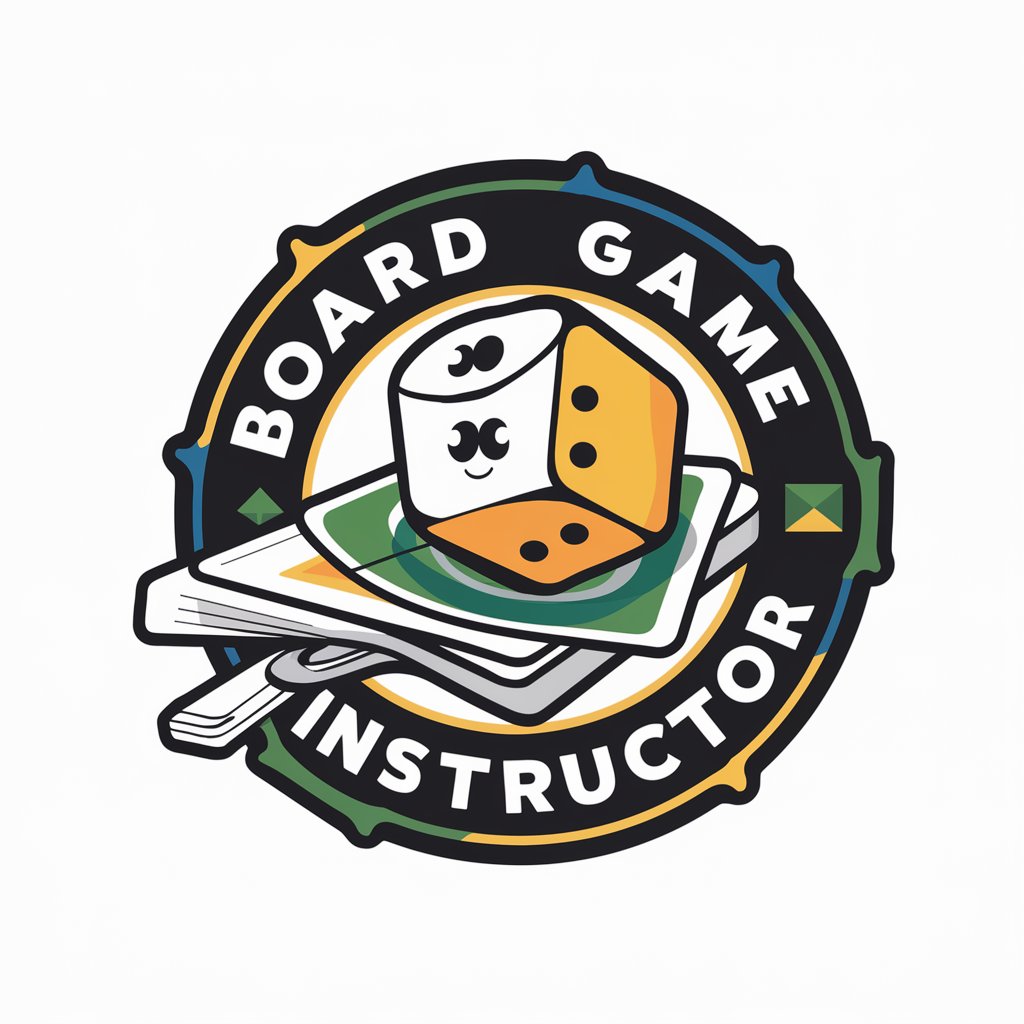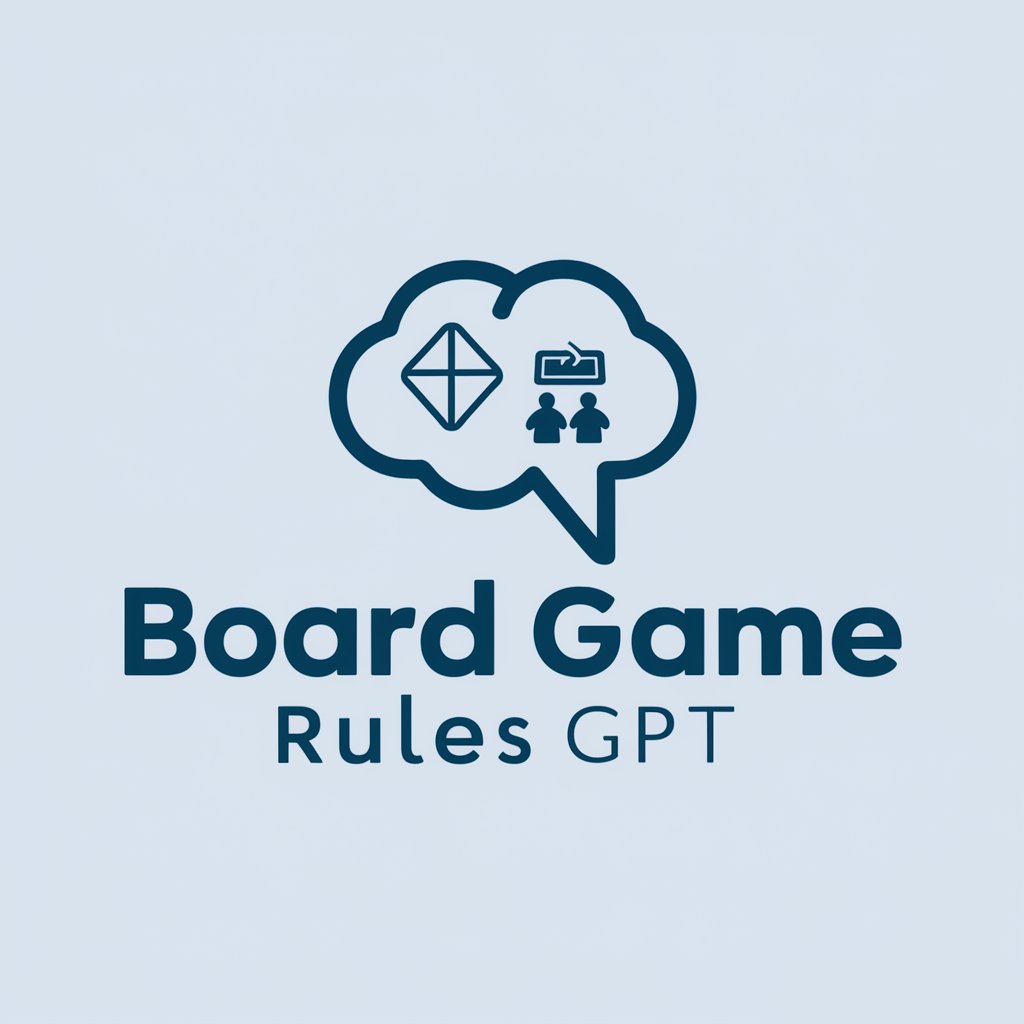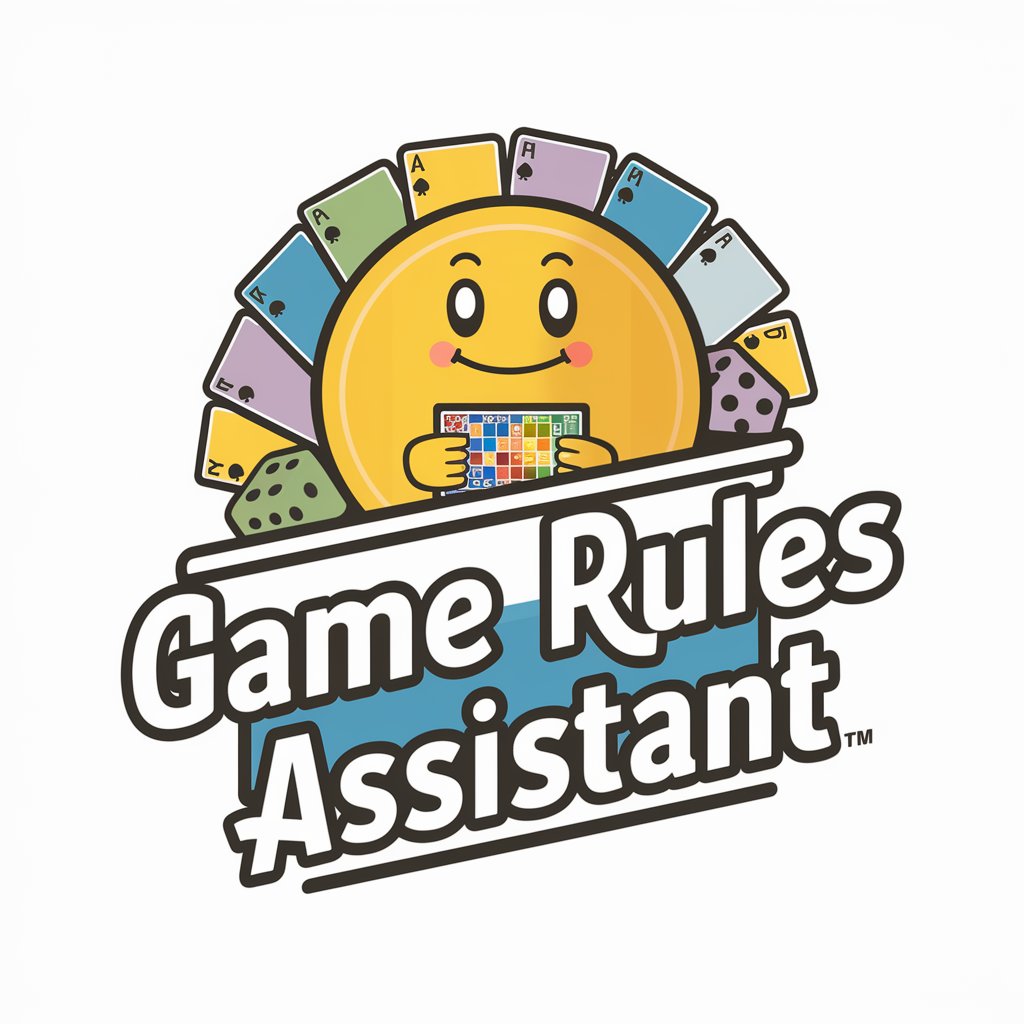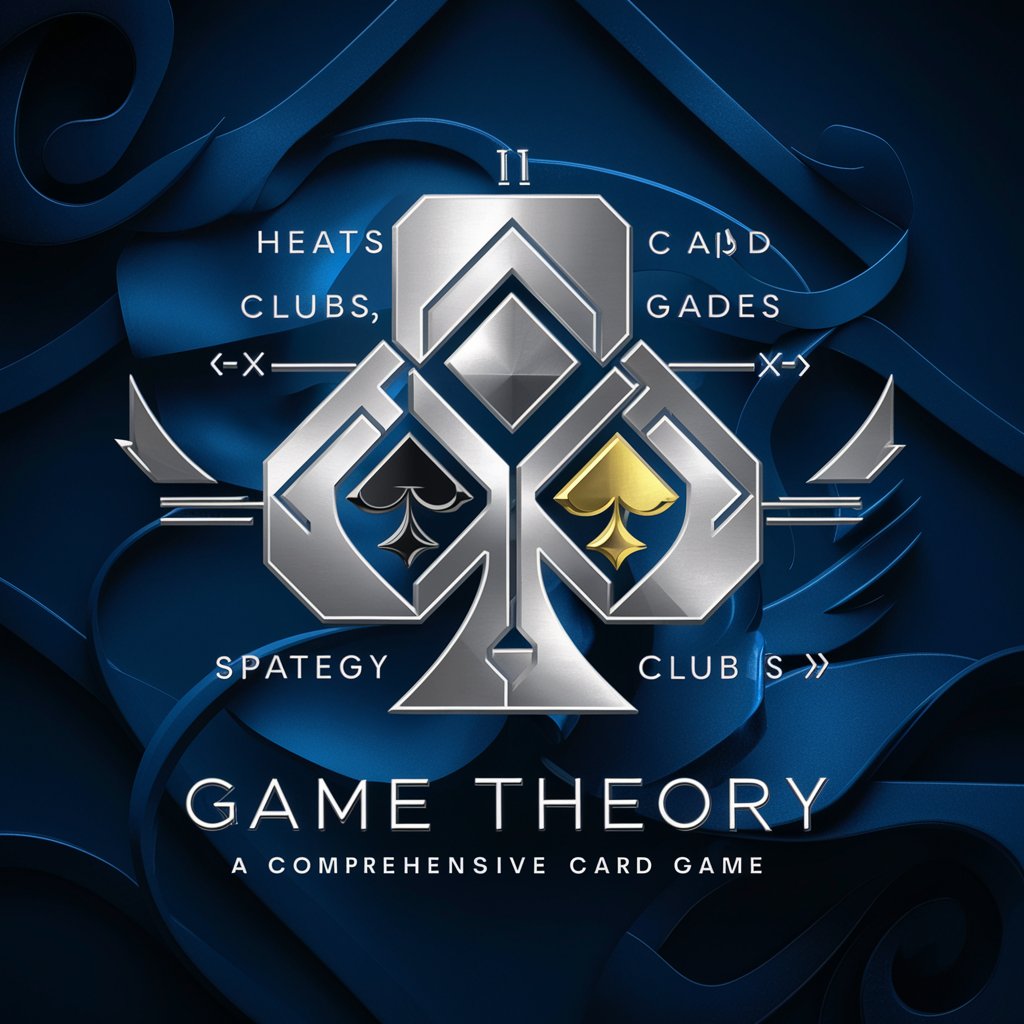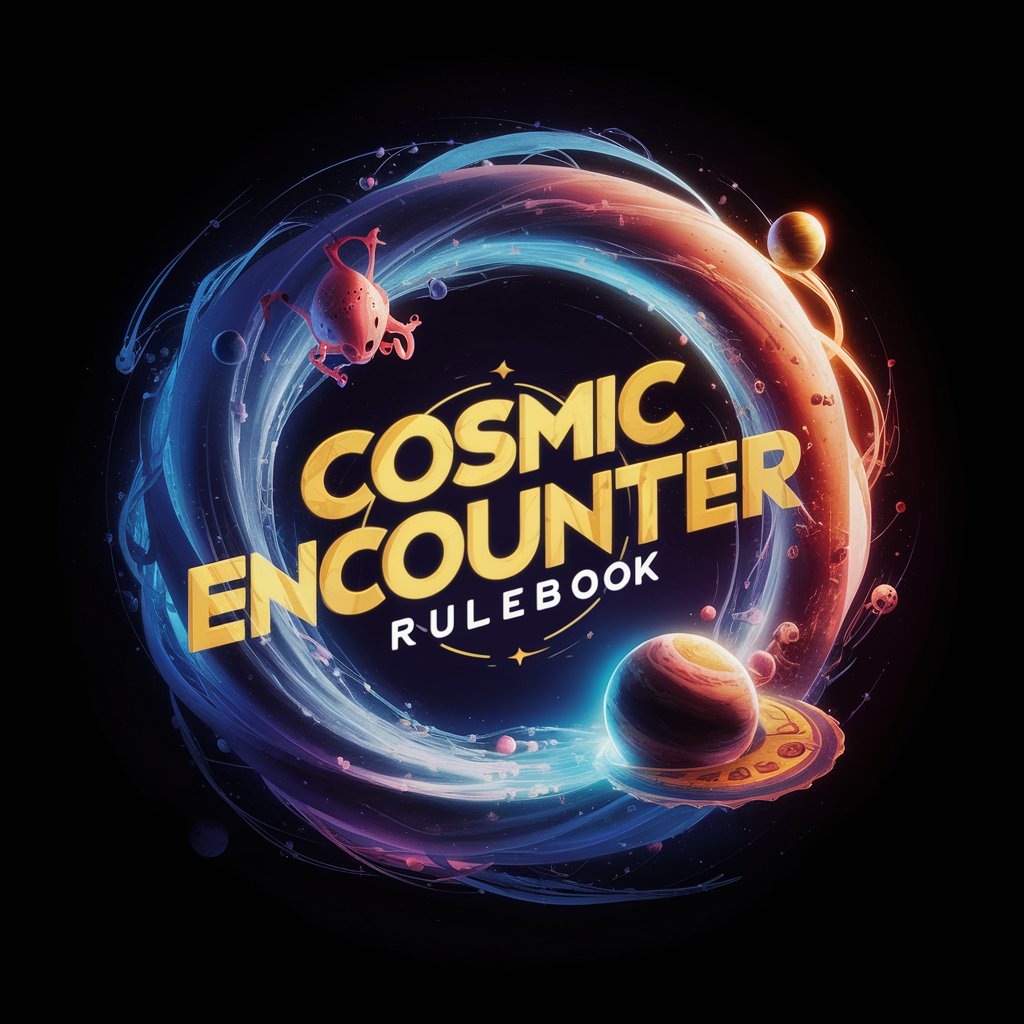
Twilight Struggle - Boardgame Rules - Strategic Boardgame Guide
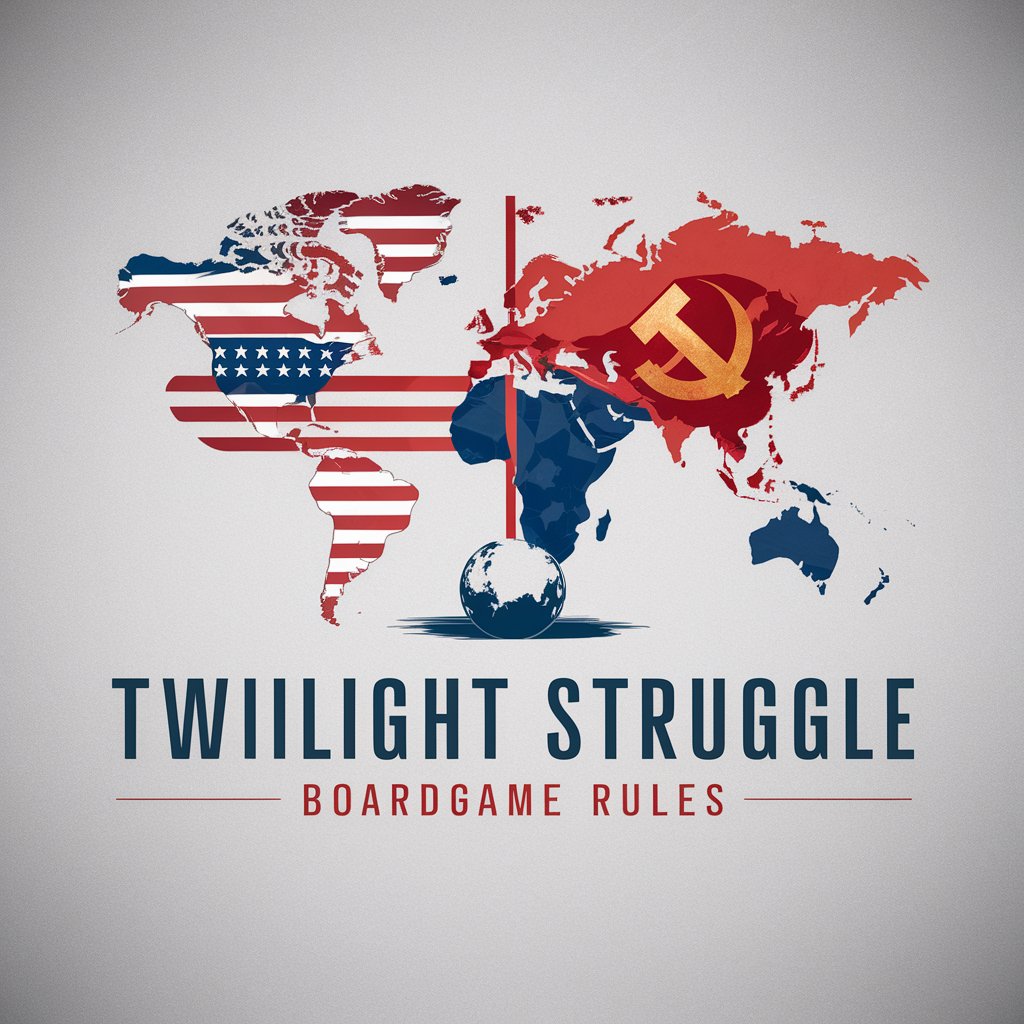
Welcome to Twilight Struggle strategy and rules!
Master the Cold War with AI-powered strategic insights.
How does the DEFCON track impact gameplay in Twilight Struggle?
What are the strategies for using the 'China Card' effectively?
Can you explain the scoring system for regional dominance?
What are the key events in the Early War deck?
Get Embed Code
Introduction to Twilight Struggle - Boardgame Rules
Twilight Struggle is a two-player board game designed to simulate the Cold War's intricate geopolitics, conflicts, and historical events between the United States and the Soviet Union from 1945 to 1989. The game ingeniously blends strategic card play, where each card represents historical events or operations, with a map that divides the world into six geopolitical regions. Players use these cards to spread influence, stage coups, or advance their position in the space race, reflecting the diplomatic, economic, and military maneuvers of the era. Each decision in the game is not just a tactical consideration but also a strategic one, emphasizing the intense competition for global dominance in a world poised on the brink of nuclear war. Powered by ChatGPT-4o。

Main Functions of Twilight Struggle - Boardgame Rules
Card Play
Example
Cards like 'Red Scare/Purge' or 'The Marshall Plan' can dramatically alter the state of the game, either by impacting operations values or spreading influence across multiple countries.
Scenario
A player may use the 'Vietnam Revolts' card to add influence in Southeast Asia, simulating historical shifts in geopolitical alignments.
Operations
Example
Operations can be used for placing influence, realignment rolls, coups, or space race advancements, such as using a high operations card to initiate a successful coup in a critical battleground country like Iran.
Scenario
During a turn, a player might decide to focus on Europe by using operations to add influence in key countries like West Germany or Poland to sway control in favor of their superpower.
Scoring
Example
Scoring cards like 'Middle East Scoring' are played to evaluate control over regions, potentially leading to significant shifts in victory points based on the presence, domination, or control of areas.
Scenario
A player holding 'Asia Scoring' might time its play when they have maximum control over battleground countries in Asia to maximize their victory points.
Ideal Users of Twilight Struggle - Boardgame Rules
Strategy Board Gamers
Individuals who enjoy deep strategic thinking and long-term planning will find Twilight Struggle's balance of historical events and military strategy engaging and rewarding.
History Enthusiasts
People with an interest in Cold War history will appreciate the game's meticulous attention to historical detail and the opportunity to replay key moments of 20th-century history.
Competitive Players
Players who enjoy a competitive gaming environment with high stakes and the need for tactical decision making will find the game's scoring system and competitive mechanics appealing.

Guidelines for Using Twilight Struggle - Boardgame Rules
Start with a trial
Begin by visiting yeschat.ai to access a free trial, enabling exploration without any requirement for login or subscription to ChatGPT Plus.
Familiarize with the game
Get acquainted with the Twilight Struggle boardgame by reviewing the rules, components, and game setup sections of the rulebook to understand the game's objectives and components.
Explore strategic insights
Dive into strategic sections such as card play, operations, and scoring to gain insights into effective strategies and maneuvers within the game.
Analyze scenarios
Review the extended example of play and card histories in the rulebook to comprehend practical applications of the rules and strategies in various game scenarios.
Engage with the community
Join forums or groups dedicated to Twilight Struggle to discuss strategies, share experiences, and stay updated on any new insights or tips from fellow enthusiasts.
Try other advanced and practical GPTs
Game - Social wallflower 小透明
Empower your social skills with AI.

learn any language by reading
Explore Languages through Stories

sagakin's Music Theory Teacher
Master Music Theory with AI

Civil Rights History
Empowering history with AI

Even Wiki
Illuminate Your Dialogue with AI-Powered Insights

EVEN
Smarten Your Surfaces with AI-Driven Resin Solutions

GiveMeThanks NoteMaker
AI-powered Personalized Thank You Notes

Find Peace In Every Step
Transform challenges into wisdom with AI

Verses for My Struggle
Empowering Spiritual Growth with AI

Fatherhood Unlocked
Empowering Dads, Nurturing Families

Naming Things
AI-powered creativity for naming anything.

学習プランナー
Empowering Learning with AI Insights

Frequently Asked Questions about Twilight Struggle - Boardgame Rules
How does the DEFCON status affect gameplay?
DEFCON status represents the tension level between the US and USSR, impacting the availability of certain actions like coups and realignments in specific regions. A decrease in DEFCON level restricts these actions in key areas, and reaching DEFCON 1 results in immediate loss for the phasing player due to nuclear war.
What is the significance of 'The China Card'?
'The China Card' symbolizes China's role in the Cold War, offering strategic advantages when played. It provides additional Operations points if used exclusively in Asia and switches possession between players, adding a layer of tactical depth regarding its timing and use.
How do scoring cards work?
Scoring cards trigger the evaluation of influence in their respective regions, awarding Victory Points based on presence, control of battleground countries, and overall domination. Players must strategically balance influencing regions with the timing of scoring cards to maximize points.
Can you explain how coups and realignments work?
Coups and realignments are operations that can shift influence in a country. Coups directly remove an opponent's influence and can change control, while realignments adjust influence based on adjacency and control of neighboring countries, providing a subtler method of influence.
What strategy should a new player focus on?
New players should prioritize understanding the global strategic importance of battleground countries and regions, balance the use of Operations for influence versus triggering events, and manage the DEFCON level carefully. Focusing on long-term strategic positioning over immediate gains is key.
